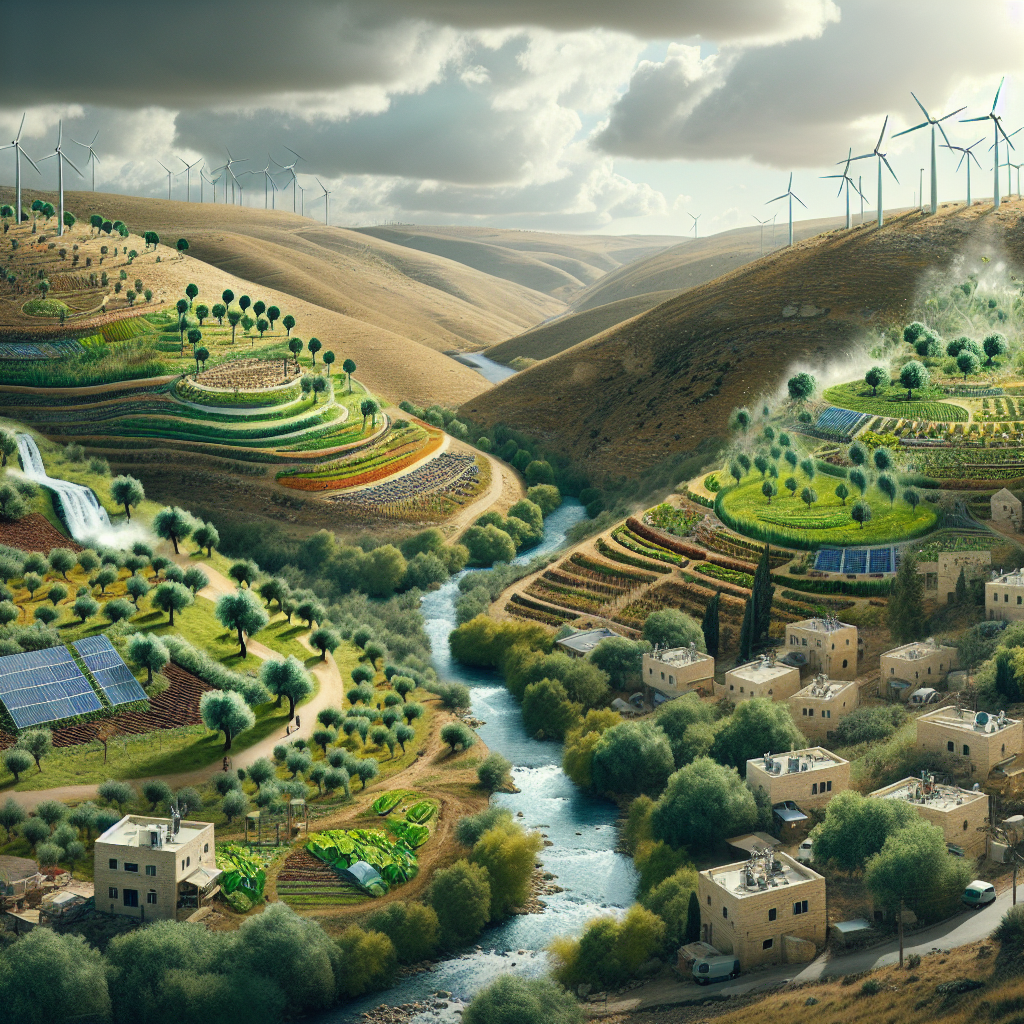Transforming the West Bank Landscape
Transforming the West Bank Landscape
Introduction
The West Bank, a region long associated with political tension and conflict, is undergoing significant changes that are reshaping its landscape. This transformation is driven by a combination of economic, social, and environmental initiatives aimed at improving the quality of life for its residents and fostering a more sustainable future.
Key Drivers of Change
- Economic Development: New investments in infrastructure and technology are boosting local economies and creating job opportunities.
- Social Initiatives: Community-driven projects are enhancing education, healthcare, and social services.
- Environmental Efforts: Sustainable practices are being implemented to address environmental challenges and promote green living.
Economic Development
Efforts to revitalize the West Bank’s economy are evident through various projects:
- Infrastructure improvements, including roads and public transportation, are enhancing connectivity.
- Technology hubs and innovation centers are fostering entrepreneurship and attracting international partnerships.
- Local businesses are receiving support to expand and compete in broader markets.
Social Initiatives
Community-focused programs are playing a crucial role in transforming the social fabric of the West Bank:
- Educational reforms are providing better access to quality education for children and adults alike.
- Healthcare facilities are being upgraded to offer comprehensive services to residents.
- Social services are being expanded to support vulnerable populations and promote inclusivity.
Environmental Efforts
Environmental sustainability is a key focus in the West Bank’s transformation:
- Renewable energy projects, such as solar farms, are reducing reliance on non-renewable resources.
- Water conservation initiatives are addressing scarcity and promoting efficient usage.
- Reforestation and land rehabilitation projects are restoring natural habitats and biodiversity.
Conclusion
The transformation of the West Bank landscape is a multifaceted endeavor that combines economic growth, social progress, and environmental sustainability. These efforts are not only improving the quality of life for its residents but also paving the way for a more stable and prosperous future. As these initiatives continue to unfold, the West Bank is poised to become a model of resilience and innovation in the region.













